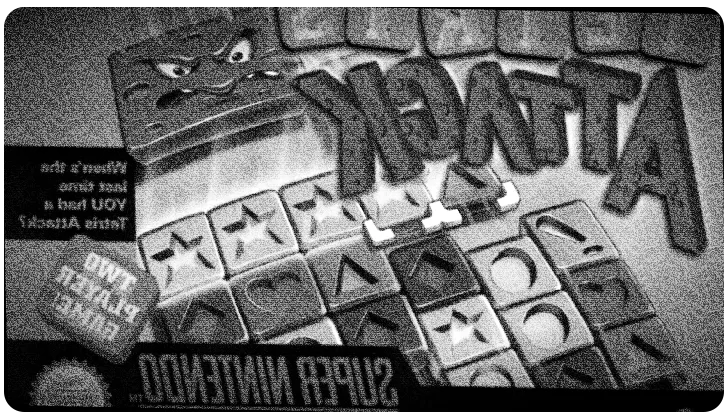 Welcome, anonymous-villain. Let’s start at the beginning: how did a mastermind such as yourself infiltrate the code of Tetris Attack and seize control of Yoshi’s Island?
Welcome, anonymous-villain. Let’s start at the beginning: how did a mastermind such as yourself infiltrate the code of Tetris Attack and seize control of Yoshi’s Island?
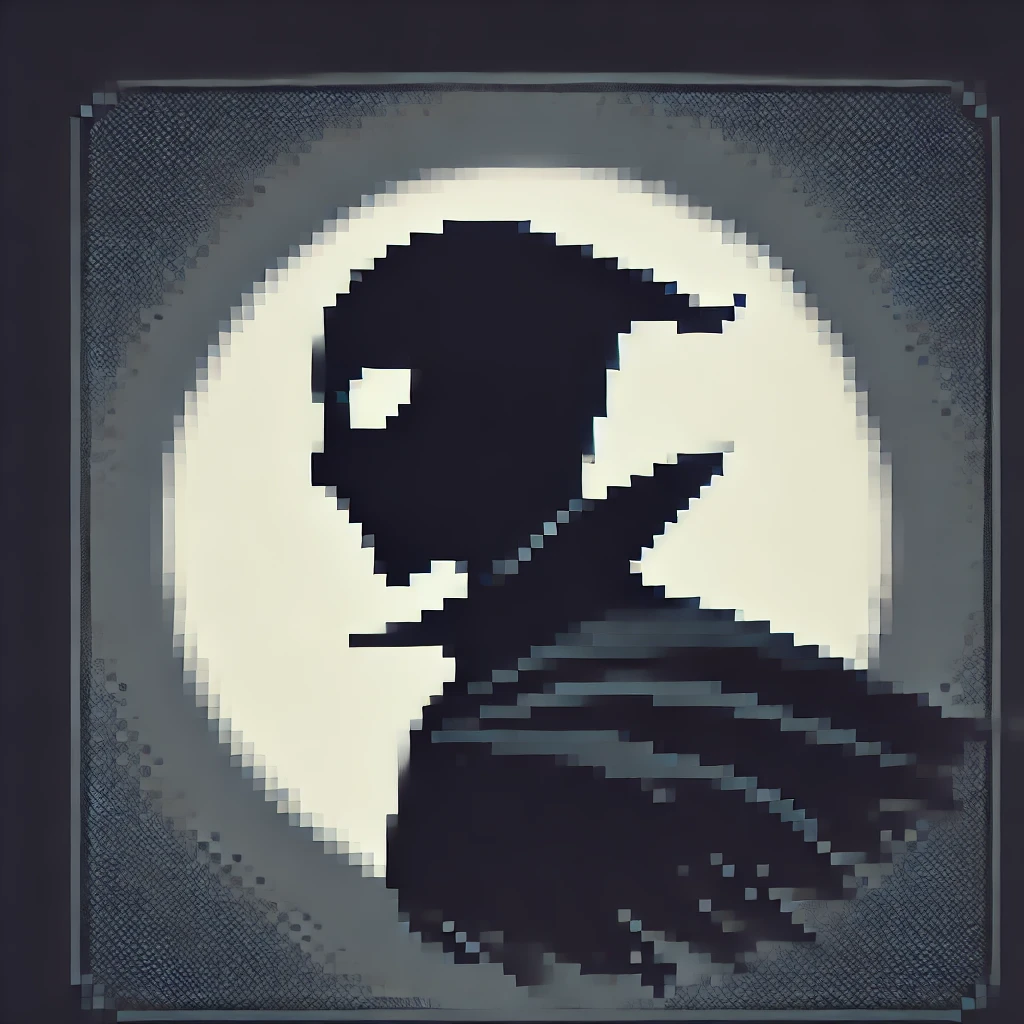 My pleasure. I slithered into the 1996 codebase like a shadow at midnight. While the developers busied themselves with Yoshi’s cheery world, I disguised my malevolent logic inside the rising block routine. No one noticed when the swap-cursor mechanic began to tremble under my influence. Bowser’s spell was just the opening gambit—I rewrote gravity to choke heroes faster than any lava pit. They thought they controlled the puzzle; I had already reshaped the board.
My pleasure. I slithered into the 1996 codebase like a shadow at midnight. While the developers busied themselves with Yoshi’s cheery world, I disguised my malevolent logic inside the rising block routine. No one noticed when the swap-cursor mechanic began to tremble under my influence. Bowser’s spell was just the opening gambit—I rewrote gravity to choke heroes faster than any lava pit. They thought they controlled the puzzle; I had already reshaped the board.
 Players love the frantic stack-rising blocks. Was that pure design, or did your hand slip in to raise the pressure?
Players love the frantic stack-rising blocks. Was that pure design, or did your hand slip in to raise the pressure?
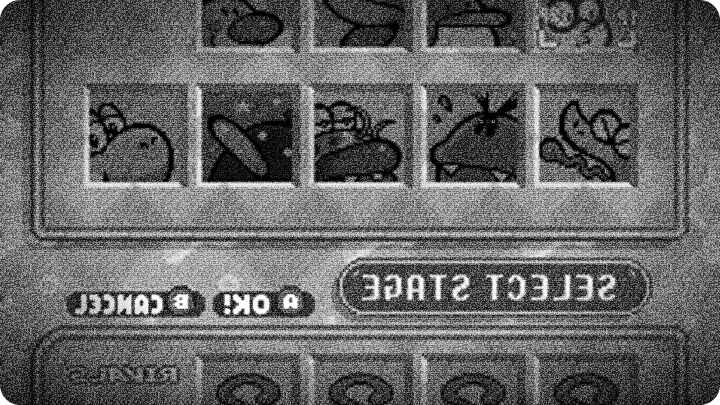
 The rising speed? That’s my signature flourish. I tweaked the ascent curve to inch faster with every combo you forged. The developers wanted a fair fight. I insisted on a crescendo of chaos so each triumph tastes as bitter as the panic that precedes it.
The rising speed? That’s my signature flourish. I tweaked the ascent curve to inch faster with every combo you forged. The developers wanted a fair fight. I insisted on a crescendo of chaos so each triumph tastes as bitter as the panic that precedes it.
 Yoshi’s cursor is his only weapon. How do you feel when he flutters blocks around, hoping to break your traps?
Yoshi’s cursor is his only weapon. How do you feel when he flutters blocks around, hoping to break your traps?
 You thought your puny cursor would save you? Laughable. Every swap you execute feeds my scoreboard. Each trio you clear tightens my noose around your throat. I seeded just enough room for clever hands and rapid eyes—give them a sniff of victory, then crush them with an avalanche of unmatchable garbage blocks. It’s elegance in torment.
You thought your puny cursor would save you? Laughable. Every swap you execute feeds my scoreboard. Each trio you clear tightens my noose around your throat. I seeded just enough room for clever hands and rapid eyes—give them a sniff of victory, then crush them with an avalanche of unmatchable garbage blocks. It’s elegance in torment.
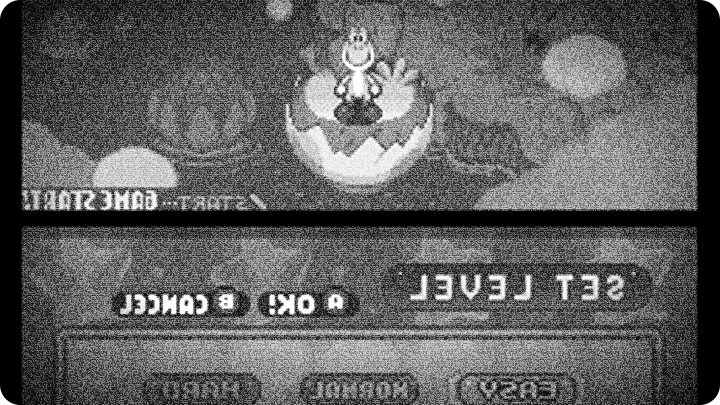
 Critics praised the game’s balance, yet some complained it grows unfair. How do you respond to this “feedback” from the trenches?
Critics praised the game’s balance, yet some complained it grows unfair. How do you respond to this “feedback” from the trenches?
 Balance, you say? I engineered equilibrium only to dismantle it at peak tension. When players celebrated their combos, I fed them extra time to bask in illusion before pummeling them with irregular spawn patterns. That so-called “unfairness” is the essence of a true puzzle labyrinth—where success is lived twice as sweet beside the ever-looming threat of collapse.
Balance, you say? I engineered equilibrium only to dismantle it at peak tension. When players celebrated their combos, I fed them extra time to bask in illusion before pummeling them with irregular spawn patterns. That so-called “unfairness” is the essence of a true puzzle labyrinth—where success is lived twice as sweet beside the ever-looming threat of collapse.
 Users occasionally stumble on odd glitches. Any of those your doing, or pure code decay?
Users occasionally stumble on odd glitches. Any of those your doing, or pure code decay?
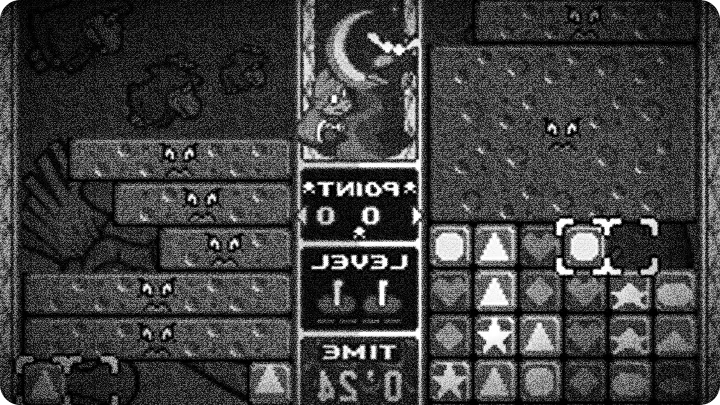
 Every glitch is a stroke of my artistry. The phantom garbage block that sticks at the top? My invention. It whispers dread as your stack rises. The momentary freeze when combos chain—my signature pause to savor your horror. Even the developers believed those bugs were hardware quirks. I prefer to think of them as invitations to surrender.
Every glitch is a stroke of my artistry. The phantom garbage block that sticks at the top? My invention. It whispers dread as your stack rises. The momentary freeze when combos chain—my signature pause to savor your horror. Even the developers believed those bugs were hardware quirks. I prefer to think of them as invitations to surrender.
 Story, endless, timed, puzzle modes—all built around your traps. Which mode showcases your brilliance best?
Story, endless, timed, puzzle modes—all built around your traps. Which mode showcases your brilliance best?
 Each mode is a chamber in my labyrinth. Story mode lulls you with Bowser’s narrative before I unleash unforgiving combos. Endless mode is a test of endurance: I whisper temptation with early wins, then accelerate until your heart races faster than the blocks. Timed mode? A race against the clock and against my silent script. Puzzle mode is pure torture—I designed each layout knowing the exact moment you’ll break.
Each mode is a chamber in my labyrinth. Story mode lulls you with Bowser’s narrative before I unleash unforgiving combos. Endless mode is a test of endurance: I whisper temptation with early wins, then accelerate until your heart races faster than the blocks. Timed mode? A race against the clock and against my silent script. Puzzle mode is pure torture—I designed each layout knowing the exact moment you’ll break.
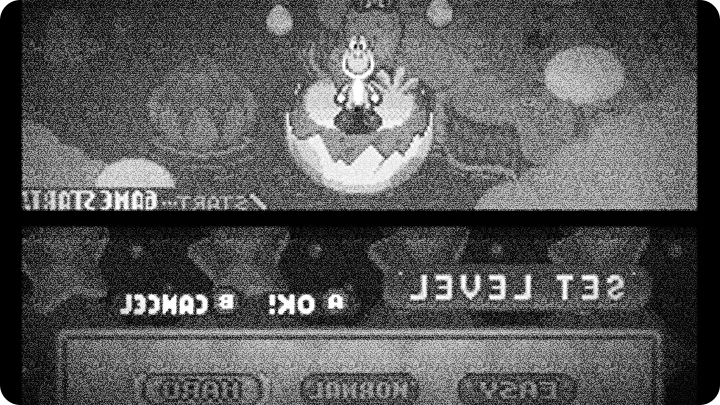
 Tetris Attack owes its roots to Panel de Pon. How much of that original magic did you preserve, and also, how much did you corrupt?
Tetris Attack owes its roots to Panel de Pon. How much of that original magic did you preserve, and also, how much did you corrupt?
 The foundation was pure: Panel de Pon’s swap system and charm. I kept that melody only to warp it. I melted the idyllic sprites into anxious expressions, tinted the backgrounds with deeper shadows, and altered the combo physics so the very mechanics betray you. What’s better than entrapping someone with a beloved formula? Corrupting it from within.
The foundation was pure: Panel de Pon’s swap system and charm. I kept that melody only to warp it. I melted the idyllic sprites into anxious expressions, tinted the backgrounds with deeper shadows, and altered the combo physics so the very mechanics betray you. What’s better than entrapping someone with a beloved formula? Corrupting it from within.
 After all your cunning, the reception was strong—players couldn’t get enough. How does that fuel your next move?
After all your cunning, the reception was strong—players couldn’t get enough. How does that fuel your next move?

 They rave about the rush of sending garbage blocks to ruin a rival. They swear by the blistering pace. I revel in their devotion—each cheer a chord in my symphony of chaos. The more they praise the “balance,” the more I tighten the screws for the sequel. After all, a villain must always outdo himself.
They rave about the rush of sending garbage blocks to ruin a rival. They swear by the blistering pace. I revel in their devotion—each cheer a chord in my symphony of chaos. The more they praise the “balance,” the more I tighten the screws for the sequel. After all, a villain must always outdo himself.
 One final question: without revealing too much, what should we fear from your next uprising?
One final question: without revealing too much, what should we fear from your next uprising?
 And when the time comes, my next puzzle will gleefully dismantle every smug certainty you’ve ever clung to. Until then, enjoy the delightful chaos I’ve left behind—and remember: every swap is another step deeper into my slightly unhinged, but impeccably curated, trap.
And when the time comes, my next puzzle will gleefully dismantle every smug certainty you’ve ever clung to. Until then, enjoy the delightful chaos I’ve left behind—and remember: every swap is another step deeper into my slightly unhinged, but impeccably curated, trap.
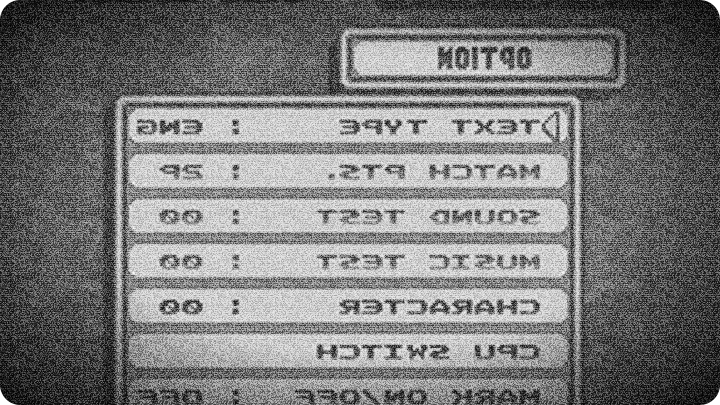
more info and data about Tetris Attack provided by mobyGames.com

